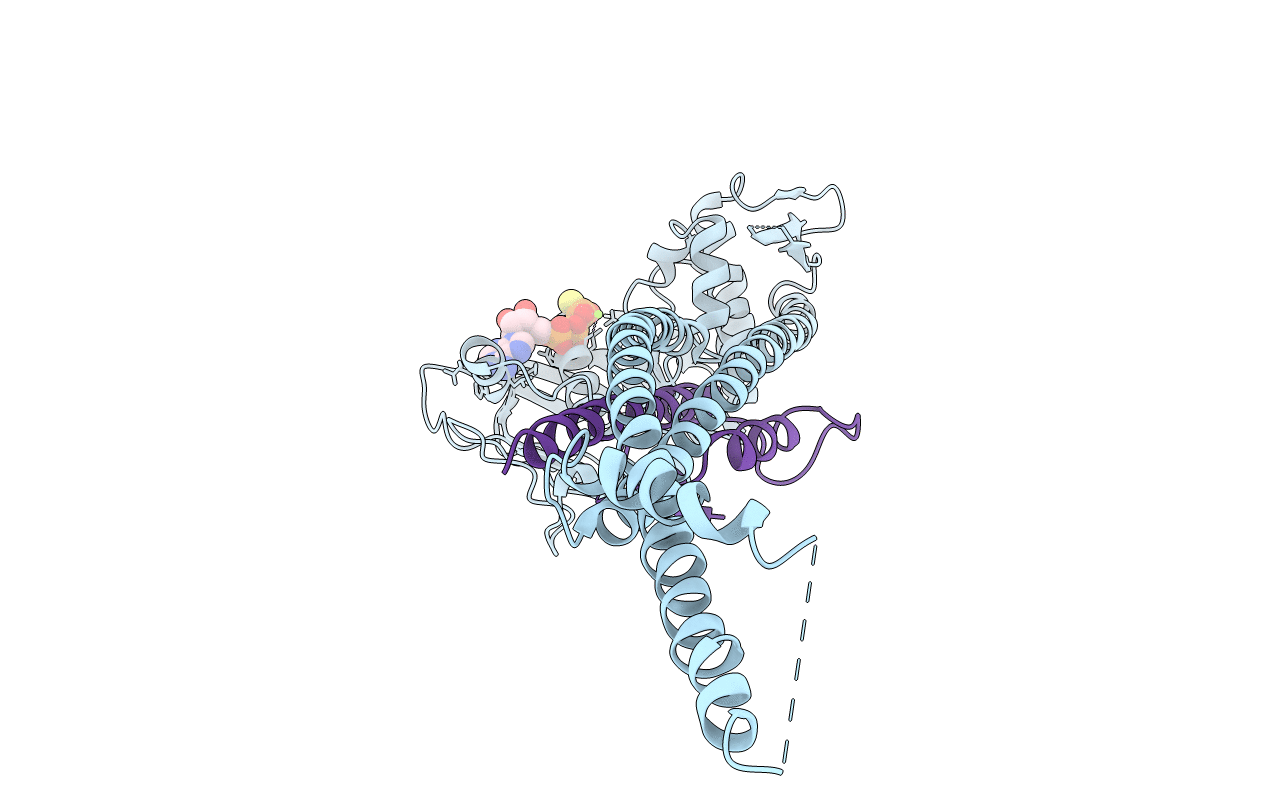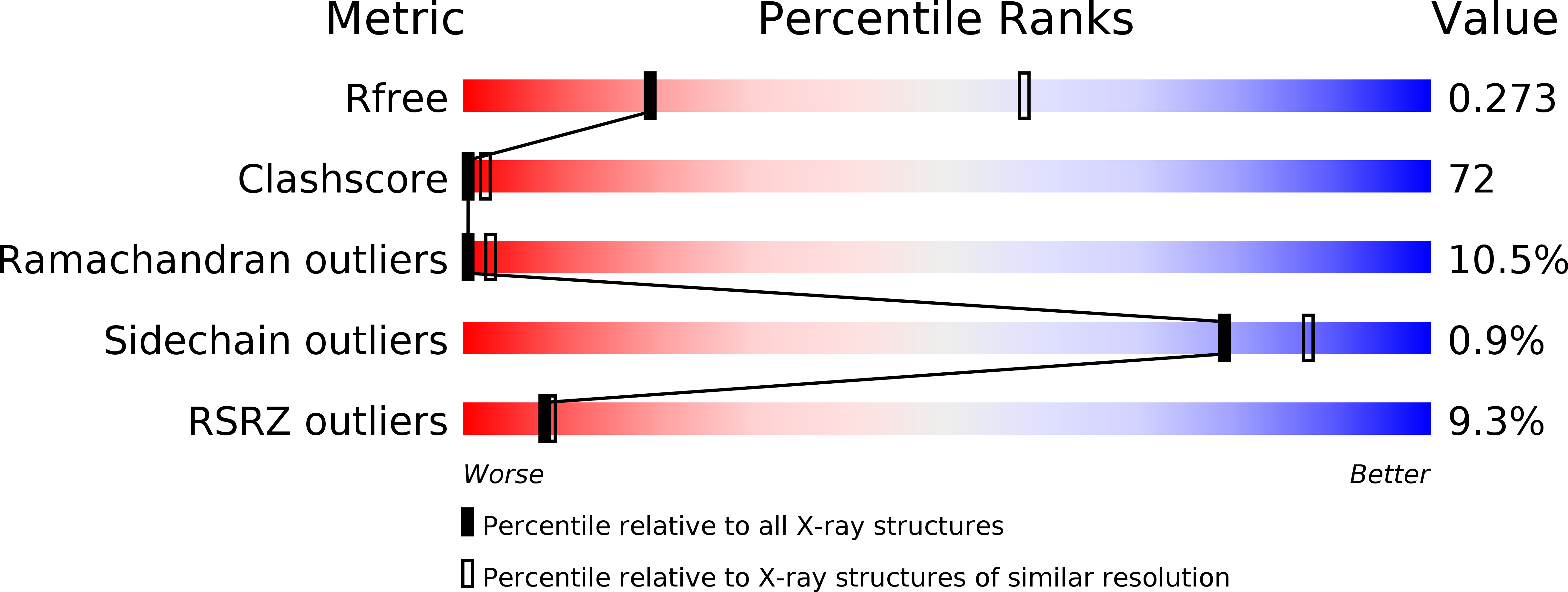
Deposition Date
2014-08-18
Release Date
2014-12-03
Last Version Date
2024-01-10
Entry Detail
Biological Source:
Source Organism:
SACCHAROMYCES CEREVISIAE (Taxon ID: 4932)
Host Organism:
Method Details:
Experimental Method:
Resolution:
3.30 Å
R-Value Free:
0.32
R-Value Work:
0.27
R-Value Observed:
0.27
Space Group:
I 2 2 2


